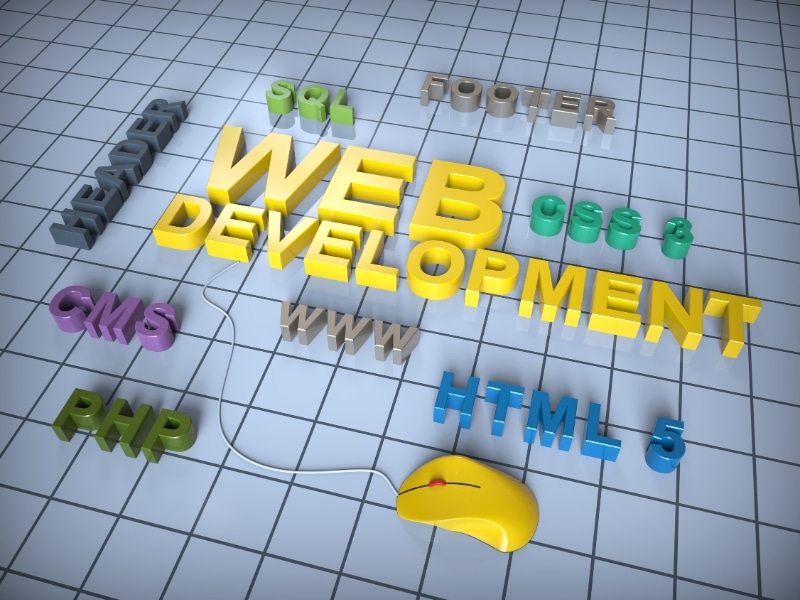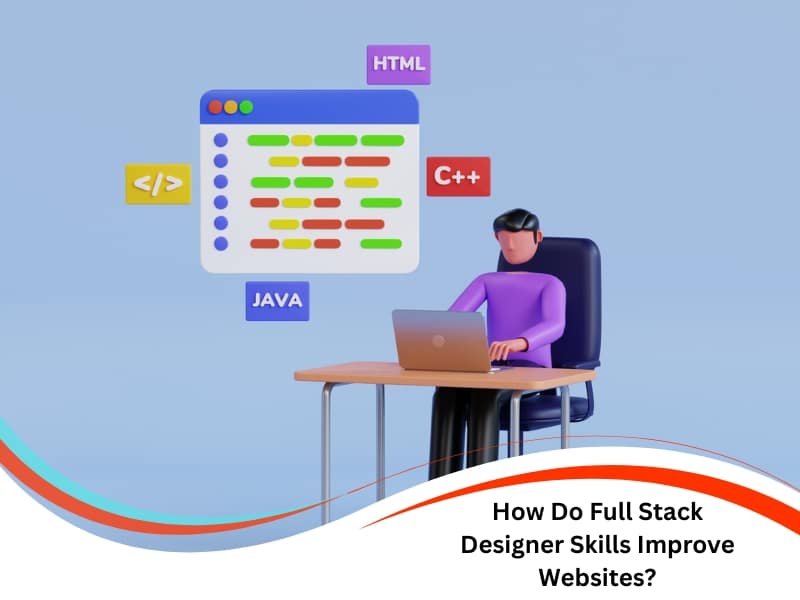Balancing usability and functionality in web development is rarely straightforward. Each project throws up different demands, and those who bridge the gap between design and code often help things move more smoothly. Full-stack designer skills enable a single person to align visual intent with technical execution, thereby eliminating bottlenecks that slow teams down. This article explores how full-stack designer skills can influence the speed, quality and success of a website build.
What happens when web teams lack diverse technical skills?
Projects that rely heavily on siloed skills often hit roadblocks early. When design and development don’t align, even minor miscommunications can cause significant setbacks.
- Design specifications can’t be adequately implemented without a thorough understanding of the backend.
- Developers may misinterpret a UI component’s intention or responsiveness.
- Fixes become repetitive, which increases both project costs and frustration.
- Critical issues may go unnoticed until launch, potentially compromising the user experience.
Without someone who understands the whole workflow, the team spends more time translating ideas than building features. Even the smoothest tools can’t make up for gaps in understanding. In contrast, teams with versatile skill sets solve problems faster and avoid double-handling.
That’s why more teams now look to explore trusted solutions in full-stack web development—bridging knowledge gaps before they become project delays.
Why do so many struggle to master full-stack designer skills?
Becoming a full-stack designer requires more than just time—it necessitates deliberate practice across diverse disciplines. Many designers hit a ceiling when forced to move beyond layout and branding.
- Code literacy requires daily repetition and hands-on builds.
- Database fluency and back-end logic don’t come naturally to most designers.
- Keeping up with frameworks and libraries demands ongoing learning.
- It’s easy to feel out of depth when balancing both design and technical constraints.
This combination of design sensitivity and development depth is rare, and that’s precisely why it’s valuable. By confronting these discomforts, designers gradually expand their influence over projects.
You start noticing the key benefits of web design for improving site performance when decisions reflect both technical constraints and user experience goals from the outset.
How can limited design knowledge delay project timelines?
Time blows out quickly when developers aren’t confident in making style-related decisions. Every design uncertainty must go through approvals, and those delays add up quickly.
- Reworking front-end features because of unclear design guidance.
- Needing detailed mockups for every state, interaction or breakpoint.
- Struggling to replicate animations or responsive layouts without visual intuition.
- Hitting walls with accessibility or branding standards halfway through builds.
Instead of quick iteration, every change becomes a bottleneck. Full-stack designers can expedite the process by identifying design flaws early, proposing workarounds, or implementing changes themselves.
Understanding the full scope of full-stack web developer roles and responsibilities can prevent miscommunication and enable projects to progress with fewer hurdles.

Why are full-stack designer skills vital for building better sites?
Modern websites are expected to do more with less—faster load times, smarter layouts, and adaptable content delivery. To hit those goals, you need someone who understands how every part connects.
- UX enhancements often depend on subtle backend adjustments.
- Scalable designs require a structure that plays nicely with CMS and APIs.
- Animation or dynamic content can’t be effective if it breaks responsiveness.
- Form logic and UI validation must be airtight to reduce user friction.
A full-stack designer can build smarter defaults into each layout, preventing rework and making handoff cleaner for any team that picks up the project next. This is particularly crucial for web apps and CMS-driven projects where design logic and content structure must evolve together.
Designing with accessibility in mind is easier when you apply inclusive design techniques for better digital experiences, especially when you’re building features that need to scale well for everyone.
How do full-stack designer skills improve design efficiency?
With a foot in both worlds, full-stack designers eliminate guesswork. You don’t need to triple-check whether a button can support micro-interactions or whether a layout change will affect your grid system.
- Code-informed designs skip the “can this be done?” debate.
- Faster prototyping with interactive elements.
- Fewer revisions are needed since the build accurately reflects the intention.
- Early validation of features before the full dev sprint.
Here’s how those gains can look across a real project:
| Project Stage | Without a Full-Stack Designer | With Full-Stack Designer |
| Planning | Frequent misunderstandings between roles | Unified vision from the technical and design sides |
| Design | Rework due to technical limitations | Designs are feasible and technically informed |
| Development | Delays from unclear specs or visual inconsistencies | Build aligns closely with intended interactions |
| Handoff & QA | Misaligned assets and excess revisions | Streamlined handoff and reduced testing cycles |
The ability to test both user flow and code logic earlier helps the team move more decisively, with fewer revisions.
Can full-stack designer skills enhance the quality of the build and speed?
Absolutely. A strong full-stack designer doesn’t just shorten timelines—they raise the baseline for what “finished” looks like.
- The code is cleaner and more modular from the start.
- UI bugs are caught beforehand or during testing.
- Animation and transitions are embedded early and refined later.
- CSS and JS don’t conflict because one person owns the entire front.
Speed isn’t just about raw coding ability. It’s about anticipating blockers, eliminating back-and-forth, and ensuring fewer late-stage changes. These ripple effects become particularly evident in large projects, where every department is managing multiple deadlines simultaneously.
The long-term value of cross-functional knowledge becomes clear when deadlines get tight and no one has time to circle back for missing specs.
When is the right time to invest in full-stack development?
There’s no one-size-fits-all answer, but the signs are easy to spot:
- Your team is constantly looping in extra people just to fix layout or backend issues.
- You’re hitting delays every time something crosses the dev–design boundary.
- Handoffs are inconsistent, and builds don’t match expectations.
- Updates or scope changes feel like starting from scratch.
If any of that rings true, it might be time to build internal full-stack capacity—or partner with someone who brings it to the table. Even one person with these skills can significantly increase the productivity of the rest of the team.
Final decision-makers should weigh the cost of delays against the efficiency gains of full-stack fluency.
Final thoughts
A full-stack designer acts like connective tissue between vision and execution. You’re not guessing what the team needs—you’re shaping the solution as it forms. If your builds have hit a plateau, expanding your team’s skillset could be the missing piece. For those unsure where to begin, discover how Nifty Marketing Australia supports digital growth.


